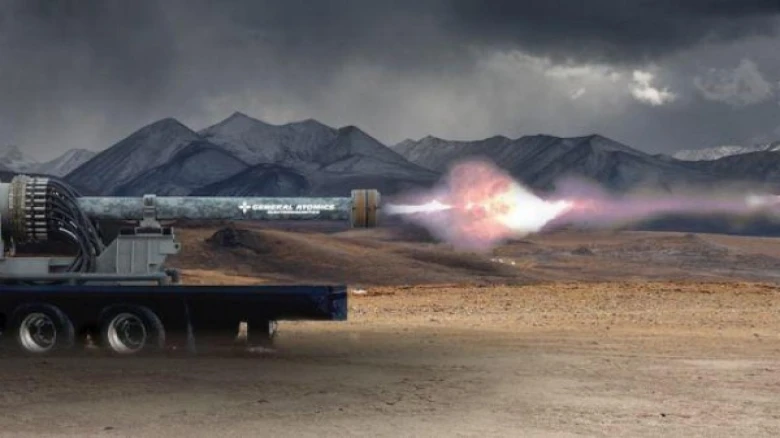In this railgun, an electromagnetic field will be employed in place of gunpowder. An electric current in this arrangement generates an electromagnetic field.
Digital Desk: The military and weaponry are updating globally in this technological age. This effort is carried out by DRDO in India (Defence R & D Organisation). Future weapons are now the focus of DRDO's intense research. Consequently, they have begun producing electromagnetic railguns (cannon). The unique quality of this weapon is its 200 kilometre range without the use of explosives.
In this railgun, electromagnetic field will be employed in place of gunpowder. An electric current in this arrangement generates an electromagnetic field. As a result, the railgun's projectile exits the weapon 6-7 times quicker than sound.
The novelty of this weapon is that it fires electromagnetic fields rather than gunpowder. This information was communicated through tweets from DRDO. Their Ordnance Research and Development Establishment (ARDE) facility in Pune has started working on this. It will be a crucial weapon in the future for the land, navy, and navy forces.
What specifications are there?
After the development of this railgun, less people will reportedly utilise firearms. A railgun's range is up to 200 km, compared to a cannon's 50 to 60 km.
In other words, it may be used against adversaries who are standing outside the boundary. Its range might include both simple and complex weaponry. This railgun has the ability to damage enemy ground bases while simultaneously deflecting missile strikes.
It can destroy enemy aircraft in the air and attack battleships at sea. This indicates that in the future, these railguns will perform the functions currently performed by tiny missiles.
Who owns this firearm?
Along with India, the US, Russia, and China are developing this weapon. It's previously been tried in the US. India has already put this to the test. This weapon still needs improvement, though.

Leave A Comment